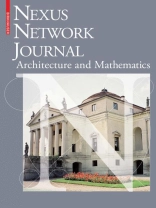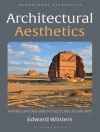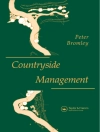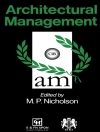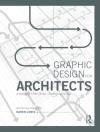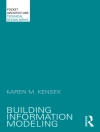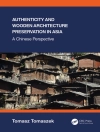This volume features a collection of papers dedicated to ‘Canons of Form-Making’, in honor of the 500th anniversary of the birth of architect Andrea Palladio (1508-1580). Theorist as well as practitioner, Palladio’s architecture was based on well-defined canons that he had gleaned from studying the treatises as well as the remains of architecture from antiquity. Palladio himself left to posterity not only his large corpus of built works, but his Quattro libri d’architettura. Three of the papers in this issue are specifically about Palladio and his work. The other papers deal with canons of form-making, ancient and contemporary.
Daftar Isi
Letter from the Editors.- Letter from the Editors.- Canons of Form-Making.- Andrea Palladio (1508–1580).- Palladio, Pythagoreanism and Renaissance Mathematics.- A Formal Language for Palladian Palazzo Façades Represented by a String Recognition Device.- A Perspective Analysis of the Proportions of Palladio’s Villa Rotonda: Making the Invisible Visible.- The Doric Order as a Fractal.- Roaming Point Perspective: A Dynamic Interpretation of the Visual Refinements of the Greek Doric Temple.- The Turkish Baths in Elbasan: Architecture, Geometry and Wellbeing.- Mathematics as the Vital Force of Architecture.- Didactics.- The Use of Linear Fractional Transformations to Produce Building Plans.- Geometer’s Angle.- Dynamic Root Rectangles Part Three: Root-Three Rectangles, Palladian Applications.- Book Reviews.- Branko Mitrovié and Stephen R. Wassell (eds.) Andrea Palladio: The Villa Cornaro in Piombino Dese.- Deborah Howard and Laura Moretti (eds.) Architettura e Musica nella Venezia del Rinascimento.
